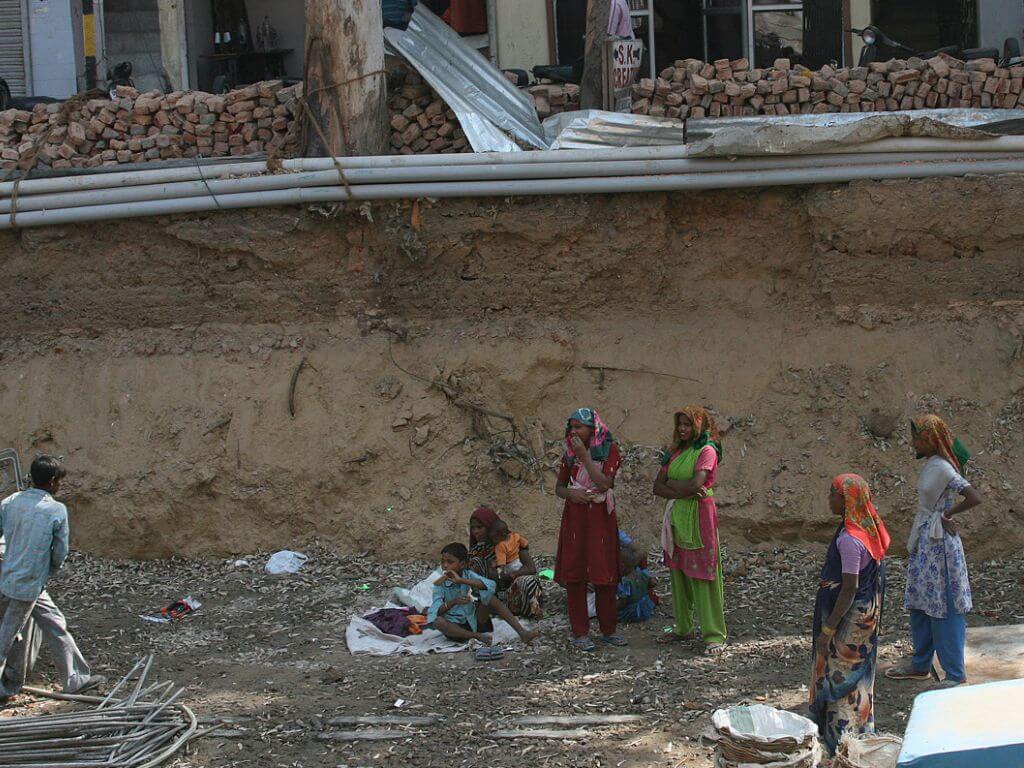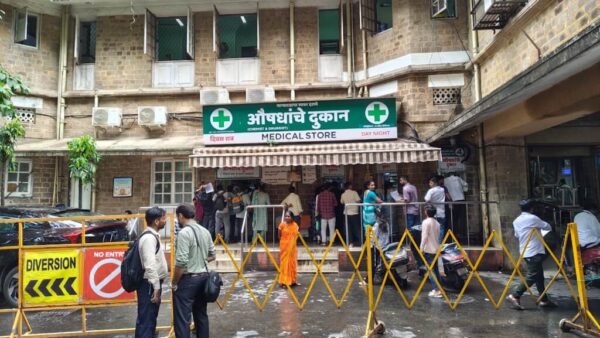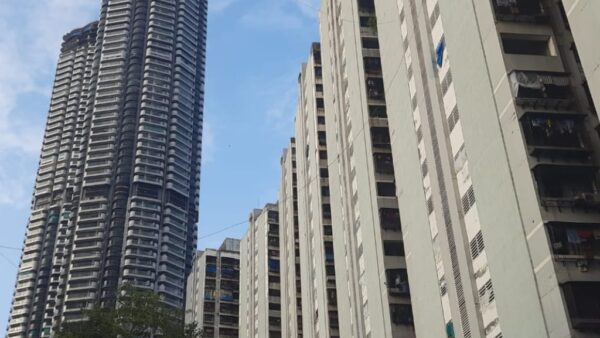Women constitute half (or nearly so) of the city population; it is in cities that women begin to wean away from the bounds of tradition and are pushed into new avenues, experiences, and opportunities of development. Here is where we encounter women constantly breaking the glass ceilings, reaching out for higher goals. And yet, cities are also the places where women are often more unsafe, where their burdens are doubled or even trebled and as a result, their work participation rates are found to be lower than even their rural counterparts.
Why is city life so burdensome for women? Is there something about the way in which the city is organised that adds to the suffering of women? How can the pain be eased? All of us have several critiques of urban planning, including the fact that more often than not, it is characterised by non-implementation or delayed implementation. Urban planning fundamentally shapes the way in which city life is organised and consequently it also influences how women navigate their lives in the city.
We need to understand planning as a series of temporal exercises that shape the way in which work, residential, leisure and care spaces are organised, and how they create spaces for infrastructure and amenities that enable these life activities. When understood in this way, we begin to see that different cities organise things differently and this shapes women’s experience of safety, ease of mobility and so on.
A well-planned city may curtail women’s working opportunities due to the significant distance between its commercial centres and residential areas. On the contrary, a largely unplanned city may enable some significant opportunities for women because it may possess certain attributes such as presence of people on streets, or because it is highly compact and amenities may be easy to reach. Clearly then, unsafe cities and poor work participation rates of urban women are indications of flaws in our plans.
A perusal of planning processes and plans reveals that there are at least four ways in which planning fails to do justice to women.
1. Lack of dis-aggregated data
Most Indian cities fail to collect gender-disaggregated data. Such data include various demographic parameters such as birth rate, age, marriage, socio-economic groups, composition of families and households, migration, various forms of employment, patterns of commuting, housing, infrastructure for transport, various amenities, their user data and so on. Several of these data points are available only in a generic manner and do not reveal the specificity of women’s needs and issues. For example, migration data does not capture women’s migration very well; similarly, women are also invisible in employment data and user data.
The reasons for this invisibility of women in data range from issues in definitions of certain concepts, because of the manner in which data is collected, or because of the way societal biases and stereotypes structure responses to the questions asked. Women’s needs and issues remain neglected as these are not visible to planners as areas of concern. Planners of suburban railway identify the number of women’s compartments, their timing, the times at which they become general compartments open to use for all members of the public, depending on some estimation of women commuters. In the absence of accurate data, these plans will at best be based on estimates. Similar examples can be given of other amenities and infrastructure.
Disaggregated data can give better visibility to gender-linked concerns and facilitate better planning as well as monitoring of the plans. For example, there is now a substantial increase in the number of women who work at what are called non-regular hours, in shifts, and hence require the support of transport services. If there is no data with city governments on this, local train services will continue to operate for limited hours with the assumption that post these hours, women can travel in men’s compartments.
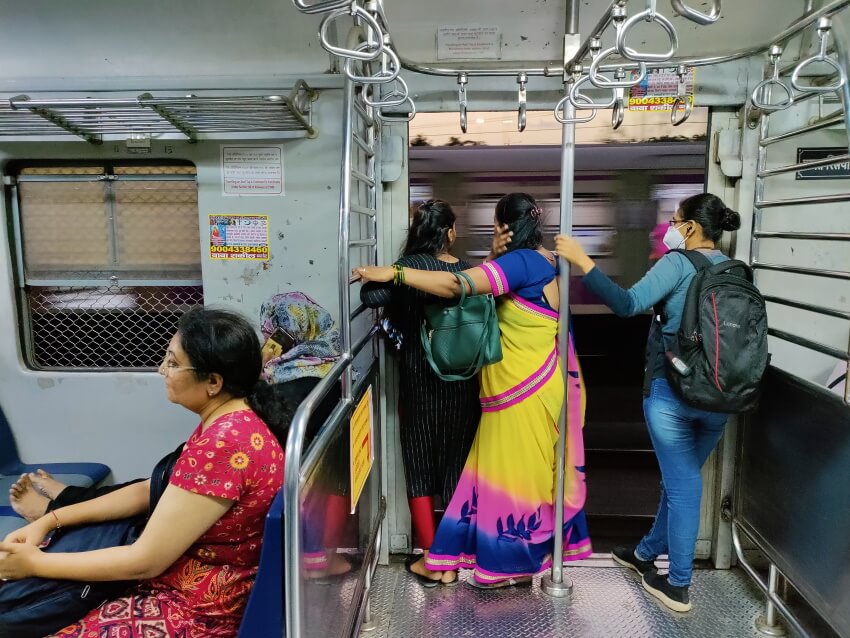
Photo: Dnyaneshwari Burghate
2. Assumed neutrality or gender blindness?
Plans are animated by public interest; this public is assumed to have a general interest shared by all members of society. It is neutral to gender, class, and identity. Thus, land may be reserved for various purposes such as roads, residential areas, industrial areas, educational or health institutions; new infrastructure for mobility such as metros or e-buses may be proposed, and new amenities such as parks and cultural centres may be created with the assumption that these will benefit the larger public. In practice, however, public interest can be a highly contested concept, even a mythical concept.
Who is the public that it seeks to benefit? Is it the poor or the car-owning public? Is it the facility or infrastructure that restricts access to those who can afford it or are there deliberate efforts made to see that it is affordable to all? Is the public homogenous in its class, caste, religious, social and gender profiles? Wider roads, flyovers may benefit owners and consumers of private transport more than those using public transport. However, flyovers and widening of roads may cause displacement of street vendors or informal settlements along the road.
Big public parks can be highly male-dominated and may lead to incidents of sexual harassment unless specific provisions for safety of women are made. Metros may create a large class and gender divide if they are highly priced. A neighbourhood amenity is much more likely to be accessed by women as opposed to those who live far off. These examples illustrate that no infrastructure, or for that matter no plan, is gender-neutral.
An assumption of neutrality in urban planning can actually produce gender-blindness and lead to neglect of women’s needs, and even negatively impact them. Instead, it is important to be actively conscious of the differentiated needs and concerns of women in their diversity and build plans, keeping their concerns at the centre. A recognition of such differentiated needs can lead to developing more inner neighbourhood open spaces that girls and women can access along with large parks which are dominated by young men. It can lead to a recognition that women feel more secure not when there are walls that enclose surrounding open spaces but when there are boundaries that are easy to access or cross.
3. Fragmentation of uses
Urban planning as a discipline emerged in the era of industrialisation when industries brought a load of pollution in their wake. One of the axioms of planning that developed in this era was the division and separation of uses. Thus, industrial and commercial areas were kept at a distance from residential areas. When an aspiration of garden cities developed in some of the western countries, this was incorporated in the form of distance from commercial uses as well. Chandigarh, considered the most well-planned city in India, has a separate area for each of these uses.
Such division of uses, however, also has several negative outcomes. For one, it is usually only the better-off who can afford such quiet, residential areas away from the pollution and noise of the city. The working classes and the underprivileged prefer to live close to employment opportunities and with the risk of pollution.
The separation of uses also negatively impacts women who bear multiple burdens of responsibilities. The separation of uses translates into a situation where work opportunities and residences are at a distance and commuting is made inevitable. Women, who are also caretakers in the family, find it difficult to participate in work opportunities as it means considerable time away from home, added to the physical taxing and expenditure that commuting implies.
In cities like Mumbai, where most work opportunities are located in very focused geographies such as South Mumbai, Bandra-Kurla Complex or Andheri-Kurla Road, women spend more than one and half hours travelling to and from their workplace every day. Women who do not have childcare or elder-care support and also have to cope with responsibilities such as maintaining the home then have no option but to give up their jobs. Those who do not withdraw have to face a life of considerable hardship. In such contexts, making affordable and credible day-care facilities for children and senior citizens available in several localities can relieve women of their care burdens, and free them to partake of work and developmental opportunities.
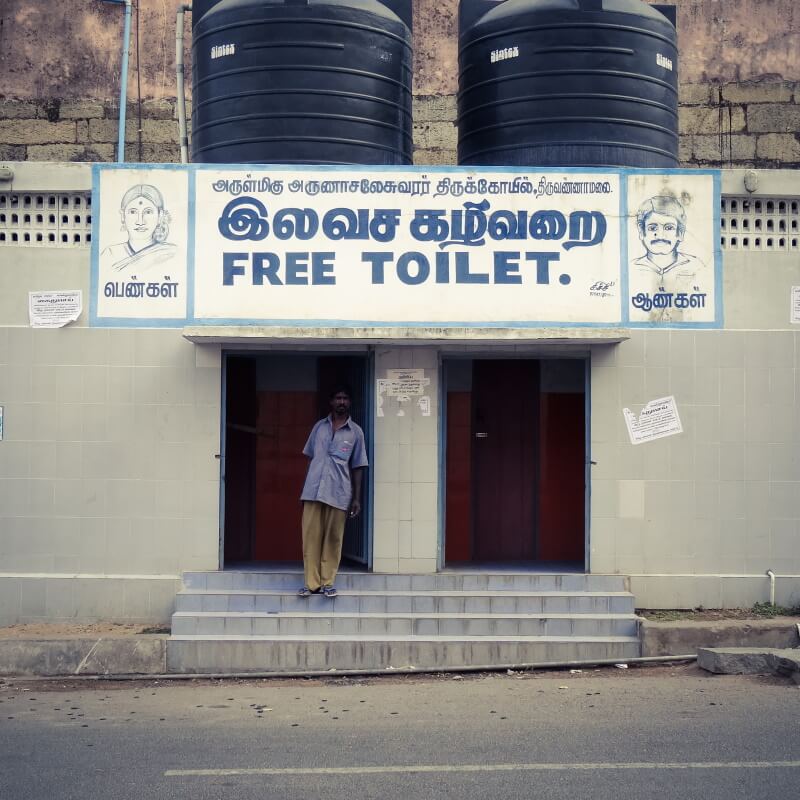
Photo: Babak Fakhamzadeh / Creative Commons
4. Hard-soft infrastructure divide
One critical issue about urban planning in India is its lack of imagination and linkage to everyday governance and planning processes. Thus, it plans for roads, other transport grids, industrial parks and residential townships, recreational areas and so on, but often does not concern itself with smaller, softer and everyday projects such as small neighbourhood spaces and projects for their use.
Neighbourhood amenities such as childcare centres, day-care places for the elderly or physically challenged, small parks and play spaces, work centres, markets, health and educational amenities matter as much, if not more than larger infrastructure such as universities, roads, large industrial parks and so on. The availability and access to such infrastructures can ease women’s life in the city.
Imagine the difference that availability of clean and well-equipped public toilets can make to women’s mobility. Or the range of choices and opportunities that can open up for women if facilities such as day-care for children or the elderly are available in all neighbourhoods. Admittedly, such small projects cannot be envisaged in 20-year plans as the needs are dynamic and time-sensitive. However, planning can enable the formulation of such projects; it can prod and guide the local city governments into creating annual micro-plans for every locality thereby making the city much friendlier to all its citizens – and inclusive of women.
Learning from Curitiba
We can find considerable inspiration from the work done in Brazilian cities such as Curitiba which were once the epitome of elite-oriented planning which privileged the automobile and excluded the poor who were compelled to live in favelas at the city periphery in a life full of hardship and hazards. From the mid-1960s to the late-90s, its mayor Jaime Lerner and his colleagues at the Urban Planning Research Institute moulded the city through a series of projects that have transformed the city into a place that valued inclusion and sustainability.
Several of these projects have focused around the principle that the poor should pay the least. This has meant a much larger investment in public transport infrastructure, a change in land uses along the public transport corridors and also adopting a uniform ticket policy that would not add to the burden of the poor who were also staying in the peripheries. Similarly, Curitiba has also invested in expanding public and green spaces, making them accessible to the poor who need them the most (contrast this to many of our cities where we achieve greening by keeping away the poor or maintain public spaces by making them inaccessible).
The beginning to many of these projects was through the piloting and execution of small projects such as beginning a scheme for exchange of food coupons against trash collected by homeless children or women populations, converting a street into a pedestrian zone by organising games and painting contests; experimenting with designs for platforms for buses and bus heights to make public transport affordable, accessible, and popularised.
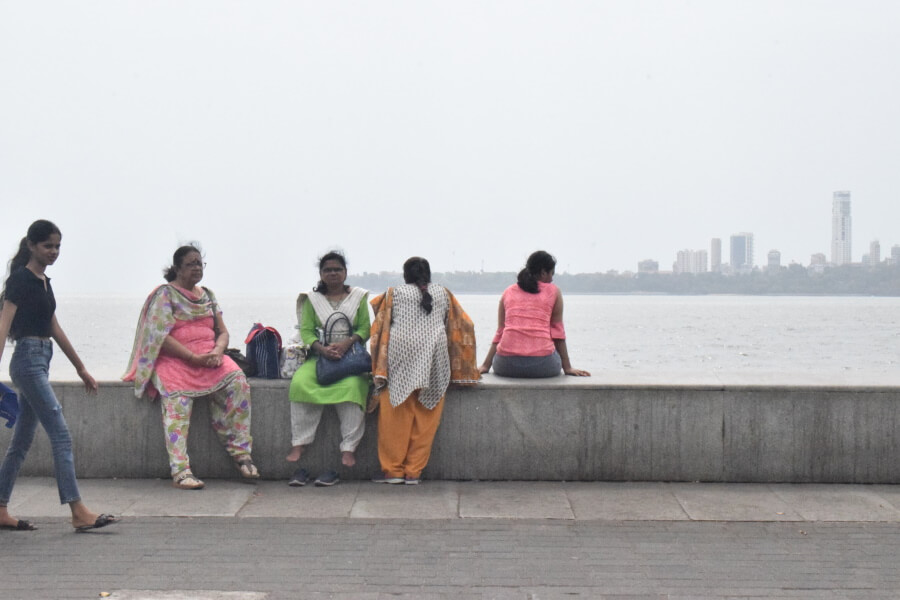
Photo: Dnyaneshwari Burghate
Most often, urban planning operates on the ground that is already significantly built up, and organised in a particular way; not as a set of fresh choices to be made by planners. These legacies of the past cannot be easily undone. It is difficult for Chandigarh to now become a site of mixed land uses and move away from its separation of uses, or for Delhi to undo its high-plan Lutyens versus low-plan periphery legacy or for Mumbai to undo its unidirectional work-commute and economic geography. However, it is important for planning to actively recognise the impacts of particular city designs on the life of people, particularly of women, given the stark outcomes seen in parameters such as work participation rates and safety. Small projects of design and micro-planning can give considerable support to women at the neighbourhood level; a series of strategic land use plans can also shape a new economic and social geography that equalises opportunity structures over the years.
Plans are actively political. Very often, attention is only paid to the politics of interests – which landlords or developers or politicians who are in the shadows benefit the most through the system of reservations and projects proposed. However, plans are also about the politics of life-enabling or impoverishing infrastructures – do they shape a city that is democratic, inclusive and sustainable or a place that is oligarchic, elite-oriented, privileges the automobile and other elite infrastructures and is unsustainable exporting its waste and preying upon the poor? Does it add to the burdens of women or does it place them at the centre? Such politics is not often about individuals but about people; it is embedded in processes and outcomes.
A visibilisation and articulation of women in the plan is a project of city transformation, and requires a series of large and small plans and projects. It is a process where planners and citizens alike need to cognise the politics and possibilities inherent in planning and engage with it.
Dr. Amita Bhide is Professor of Habitat Studies at the Centre for Urban Policy and Governance, Tata Institute of Social Sciences (TISS), Mumbai. She is also a part of the Gender Advisory Group of the Brihanmumbai Municipal Corporation.
Cover photo: Carol Mitchell / Creative Commons

